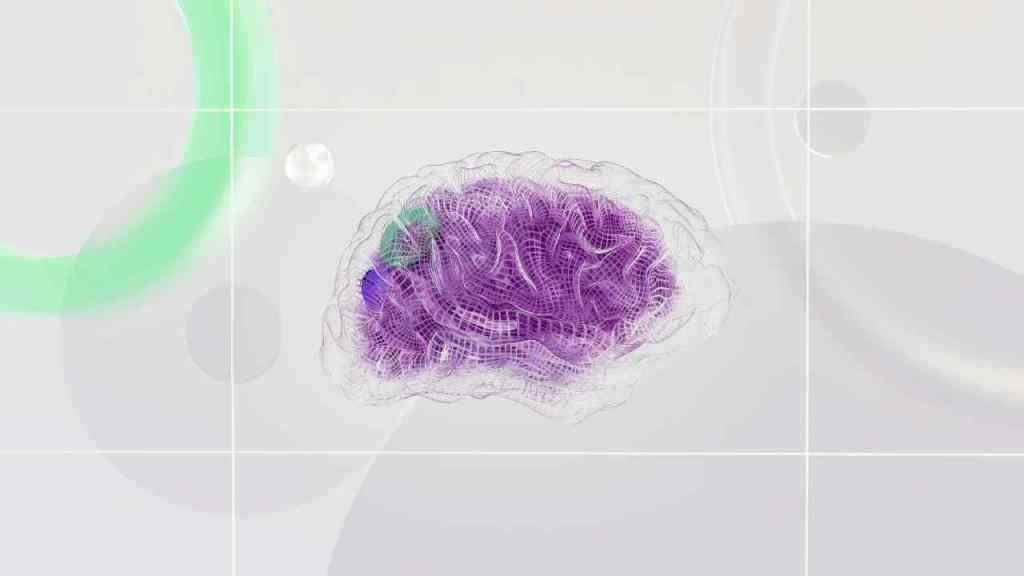Biocomputing in : A Journey into Brain-on-a-Chip Technology
The year is , and let me tell ya, things are getting seriously weird (and cool) in the tech world. We’re talkin’ biocomputing, people. It’s like someone smashed biology and technology together in a lab, and boom – a whole new frontier of mind-blowing possibilities emerged. And no, this isn’t some cheesy sci-fi flick; this stuff is real, and it’s happening right now.
So, what’s the big deal with biocomputing? Well, it turns out that our brains and computers speak a similar language – the language of electrical signals. Scientists have figured out how to grow actual, living human brain cells on silicon chips, and get this – these cells can actually receive, process, and transmit information, just like they do in our heads. We’re talking about literal “brain-on-a-chip” systems. It’s enough to make your head spin!
Pioneering Projects
Okay, enough with the vague futuristic talk. Let’s dive into some real-world examples of this biocomputing magic. First up, we’ve got DishBrain, a project straight outta Cortical Labs in Australia. These brainiacs (pun intended) managed to teach a chip containing a whopping brain cells to play the classic game Pong. And get this, they did it in minutes! Yeah, you read that right – minutes. This wasn’t some slow, painstaking process; these brain cells were basically speedrunning Pong.
This breakthrough, which, by the way, was partly funded by the Australian military (cue the “Top Secret” music), led to the creation of Cortical Labs. Now, they’re all about developing commercial biocomputing modules based on this mind-blowing technology. Imagine a future where your computer is literally powered by brain cells. Wild, right?
Advantages of Biocomputing
Now, you might be thinking, “Okay, that’s cool and all, but why go through all the trouble of using brain cells? Can’t our regular computers handle this stuff?”. Well, according to Brett Kagan, the CSO of Cortical Labs, biocomputers have some serious advantages over those silicon-based buddies we’re used to.
For starters, biocomputers are like learning machines. They absorb information and adapt way faster than AI systems. They’re also all about intuition, insight, and creativity – things that our current AI struggles with. Oh, and did I mention they use way less power? We’re talking like watts. That’s less than a light bulb to potentially power some serious brainpower. Tests have even shown that these bio-bad boys outperform those fancy deep learning algorithms that everyone’s been hyping up.
Challenges
Okay, so it’s not all sunshine and roses in the world of biocomputing. Keeping those brain cells happy and healthy, the “wetware” as the cool kids call it, requires some seriously complex life support systems. Think tiny, high-tech incubators for your computer chips. And then there’s the whole ethics debate. I mean, we’re talking about living brain cells here. Could these systems develop consciousness? What are the implications of poking and prodding these mini-brains? Yeah, it gets kinda heavy.
